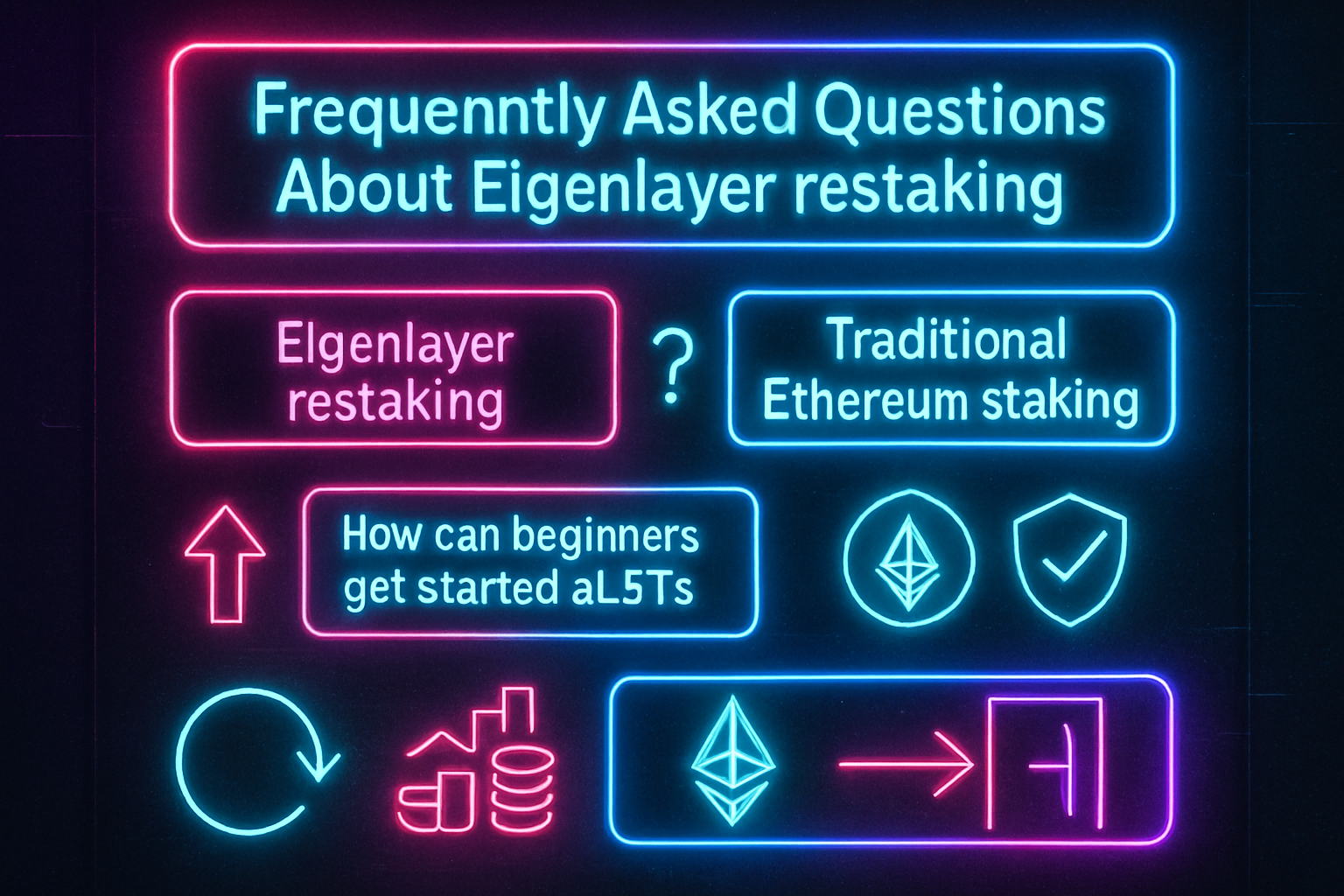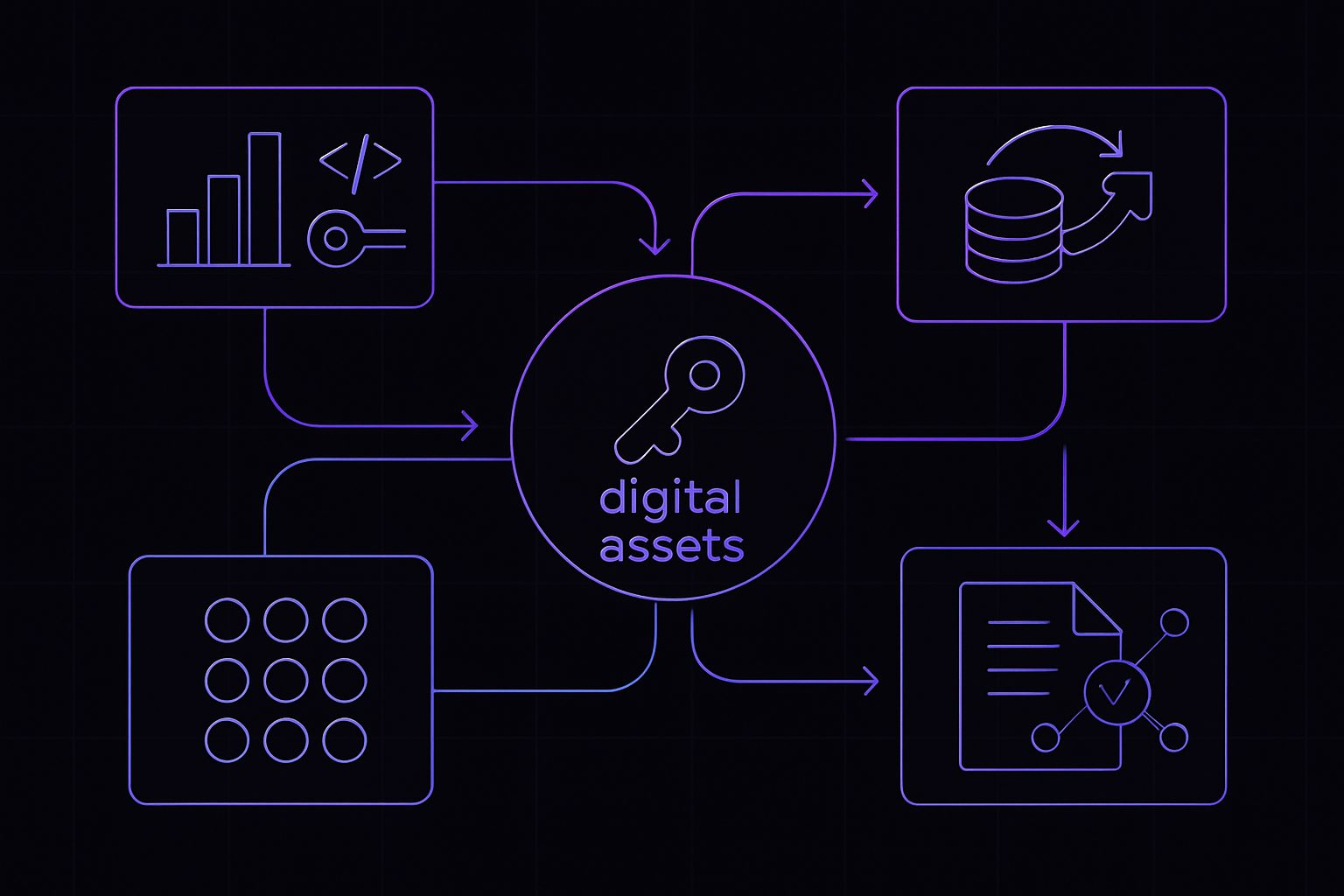
As Ethereum’s decentralized finance (DeFi) ecosystem matures, Eigenlayer restaking has emerged as a powerful mechanism for amplifying both security and rewards. Yet, for beginners, the mechanics of restaking can seem daunting, especially with new terminology, evolving protocols, and rapidly changing market conditions. With Ethereum (ETH) currently trading at $4,482.69, understanding how to maximize yield and manage risk through Eigenlayer is more relevant than ever.
What Sets Eigenlayer Restaking Apart?
The core innovation of Eigenlayer is its ability to let users reuse already-staked ETH to secure multiple services, known as Actively Validated Services (AVSs): without requiring additional capital. This differs from traditional Ethereum staking, where your staked ETH only secures the mainnet. Restakers on Eigenlayer can opt in with either native ETH (by running their own validator and setting withdrawal credentials to an EigenPod) or by depositing Liquid Staking Tokens (LSTs) like stETH or rETH into EigenLayer smart contracts. This dual approach broadens participation while enhancing capital efficiency.
Getting Started: Native ETH vs. Liquid Staking Tokens (LSTs)
If you’re new to restaking, your entry point depends on whether you hold native ETH or LSTs:
- Native Restaking: You’ll need to run an Ethereum validator node and set your withdrawal credentials to an EigenPod. This process involves technical setup but offers maximum protocol control.
- LST Restaking: If you use tokens such as stETH or rETH from platforms like Lido or Rocket Pool, you can deposit these directly into EigenLayer smart contracts via supported dApps, no validator operation required.
This flexibility means that even users without technical expertise can participate in restaking through LSTs while advanced users may prefer native options for greater sovereignty.
Understanding Rewards and Risks in the Current Market
Rewards in Eigenlayer come from two sources: standard Ethereum staking yields plus additional incentives from AVSs that tap into your staked assets for security. The actual rates depend on network conditions and AVS demand but are generally higher than single-protocol staking due to this layered approach.
The risk profile is also elevated. By opting into multiple AVSs, you accept extra slashing conditions, meaning that if one AVS detects malicious behavior or non-performance by a validator you’ve delegated to, you could face significant penalties including loss of all staked assets. Notably, according to Crypto.com’s FAQ, slashing risk on EigenLayer may be higher than traditional staking until further protocol upgrades are implemented later in 2024.
This makes due diligence essential: always read platform terms carefully before committing assets. For a detailed breakdown of these risks and mitigation strategies, including withdrawal delays and exit queue details, consult the official documentation at EigenLayer Docs.
Participation Requirements and Fees: What Beginners Need to Know
The minimum requirements for joining EigenLayer vary by method:
- LST Restakers: Typically only need enough tokens to meet platform-specific minimums; technical barriers are low.
- Native Restakers: Must meet Ethereum validator requirements (32 ETH minimum), plus configure validator withdrawal credentials appropriately.
Fees also vary by provider. For example, Crypto. com charges a flat 15% service fee on rewards earned through their interface. Always check fee schedules before selecting a restaking platform to avoid surprises down the line.








